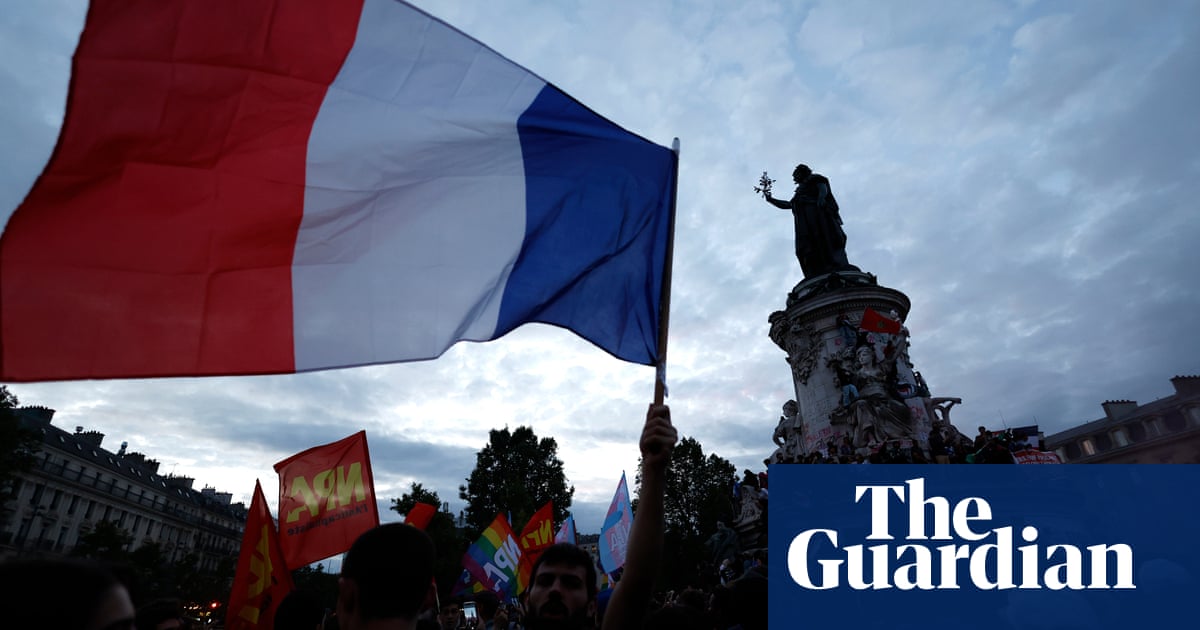
After mutual escalations between the US and Iran in the Iraqi arena, the most severe blow came with the US drone strike early on Friday that killed Qassem Soleimani.
In the days and hours leading up to the strike, the tit-for-tat violence had been mounting. Iran’s militias killed a US contractor in a rocket attack on a military base. The US responded with airstrikes on militia bases, killing at least 25. Then protesters stormed the US Embassy in Baghdad, leaving graffiti on the walls boasting that Soleimani himself had orchestrated the attack.
“Iran will be held fully responsible for lives lost, or damage incurred, at any of our facilities,” US resident Donald Trump warned. Ayatollay Ali Khamenei publicly mocked the president with the response: “You can’t do anything.” Friday’s drone strike proved how wrong Khamenei was.
The initial reaction in Tehran was one of shock, quickly followed by blind rage, and then threats of revenge against Washington.
In Iraq, some declared the drone strike that killed Soleimani to be a flagrant violation of Iraq’s territorial integrity and a breach of its sovereignty. That argument was swiftly demolished by US Secretary of State Mike Pompeo, who pointed out that the US operation was a pre-emptive action to thwart a planned Iranian terrorist attack on US interests in Iraq, and that the US military presence there was at the invitation of the Iraqi government. Qassem Soleimani and other leaders of the Islamic Revolutionary Guard Corps, along with the local affiliates of Hezbollah in Lebanon — all designated as terrorists — entered Iraq without the government’s knowledge, but with the assistance of militias loyal to Iran. Thus, Pompeo said, it was they and not the US who were violating Iraqi sovereignty.
The most urgent question now is related to the possible future scenarios in the context of the current escalation between Iran and the US. First, much depends on Tehran’s assessment of the crisis, its available options, and the capacity that Iran possesses in light of the internal political and economic crises it is facing. If Iran is serious with its threats of revenge, we are heading for a massive Iranian response targeting the US presence in the region; military bases in the Gulf, the Fifth Fleet in Bahrain, or the US bases in Iraq at least. This option, which I believe is highly unlikely, would trigger a US reaction that could result in the Iranian regime’s military capabilities and infrastructure being completely destroyed.
Theoretical forecasts aside, it is clear that the post-Soleimani era will be vastly different from what has gone before. The loss of such an effective strategist will be felt by the Iranian regime, given his role as the backbone of its expansionist regional project and the mastermind and primary architect of all its overseas operations.
Dr. Mohammed Al-Sulami
In a second scenario, the regime in Tehran would continue with its previous strategy, based on asymmetrical warfare, dealing calculated blows to the interests of US allies in the region. However, this option is likely to be deemed insufficient by the Iranian leadership and its loyalists, because it would not compensate for the losses that Iran and its proxies in the region have incurred. If the regime decides to go ahead with this option, it would probably consist of relatively small-scale operations that the Iranian propaganda machine and its supporters would aim to exaggerate to save the regime’s face at home and abroad.
A third possible scenario is that the Iranian regime takes its time in responding to the US operation and reserves its response for an appropriate time and place — as it has done when Israel targeted its forces, proxy militias or bases in Syria and Lebanon.
This would allow Iran’s regime to keep the door open until it seizes the appropriate opportunity to target any senior US military official as part of its revenge for the killing of Qassem Soleimani. In other words, Iran will attempt to avoid an escalation that could increase its losses and undermine its stature domestically, and regionally among its proxies. Pursuing this course of action might prompt Tehran to reverse its course, fearing an inability to protect its militias, lifting its protection umbrella over its proxies in Syria, Yemen, and other regional warzones.
Theoretical forecasts aside, it is clear that the post-Soleimani era will be vastly different from what has gone before. The loss of such an effective strategist will be felt by the Iranian regime, given his role as the backbone of its expansionist regional project and the mastermind and primary architect of all its overseas operations. Soleimani also personally supervised the establishment of Iran’s proxy militias and organized their recruitment, training, and funding, as well as overseeing operations in support of the Syrian dictator Bashar Assad.
The selection of Soleimani’s deputy, Ismail Qaani, to replace him as head of the Quds Force is simply a hierarchal military promotion rather than a tactical move on the regime’s part. Qaani has no outstanding record of military achievements to match Soleimani’s on the Syrian, Iraqi and Lebanese fronts, and lacks his predecessor’s vast experience.
It therefore seems likely that the Quds Force will now decline after its regional rampage of terror, slaughter and destruction reached a peak under Soleimani, a deterioration likely to adversely affect the future of the Iranian regime’s regional expansionist project, whatever Iranian leaders’ say to maintain their legitimacy at home and abroad.
Dr. Mohammed Al-Sulami is head of the International Institute for Iranian Studies (Rasanah). Twitter: @mohalsulami
Disclaimer: Views expressed by writers in this section are their own and do not necessarily reflect Arab News" point-of-view












